Former Devo frontman Mark Mothersbaugh presents the Mutato Rug Collection
If you haven’t heard of Mark Mothersbaugh, either you were born sometime after 1980, or—like me—you just assumed that there were no bonafide individual personalities hiding beneath the grotesquely plastered plastic hair, flower-pot hats, and nuclear protection suits of the synthesized pop/post-punk iconoclastic rock group called Devo. In fact, the band was made up of two sets of brothers (the Casales and the Motherbaughs) who came together in the early 70s while in art school at Kent State University.
Mutato Rug Collection. Designed by Mark Mothersbaugh.
The quintet parlayed their artistic leanings into one of the strangest and most absurd (and most successful, given their unconventionality) musical performers of that century.
But even though—during the 70s, 80s, and part of the 90s—Mothersbaugh found his calling as a vocalist, that doesn’t mean he dropped art altogether. Throughout the Devo era, in fact, he passed his time creating bizarrely illustrated postcards to send off to friends and family: “when he founded his music business, Mutato Muzika, he designed a logo, but instead of planting it outside, he opted to fashion it into the office welcome mat. After walking across it for nine years, he had an epiphany: to translate his favorite postcard drawings into rugs” (Interior Design).
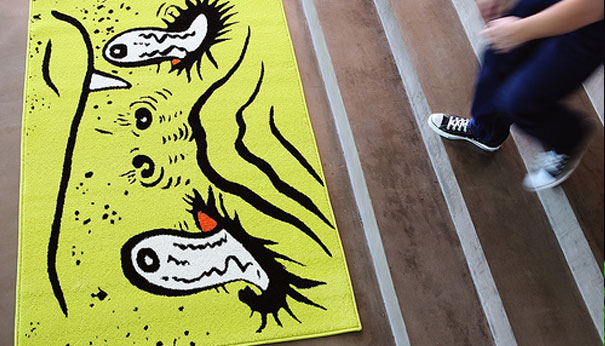




The result is the Mutato Visual collection of illustrated rugs. Numbering 88 different designs, Mothersbaugh’s inimitable contribution to the manifold floors of moneyed ne’er-do-wells, trend-spotting hipsters, and Bohemian pretenders everywhere is something to behold. Most have a pronounced pop-cultural aspect, and Mothersbaugh’s aesthetic affinities are easy to discern (Warhol and H. Crumb for starters) but that—very in keeping with Devo’s knack for cultural deconstruction—just makes them all the more enticing. My favorites include “Hooded Imp,” which manages to evoke both the Ku Klux Klan and Tim Burton; “Capitalisimus,” a pointed and funny critique of the sometimes-gluttonous nature of financiers; and “Crime,” which has the visual allure of Frank Miller without the stolid literalism.
Mothersbaugh’s pieces certainly aren’t for everyone. His characters and caricatures have a grotesque quality that borders on the ugly, but if you’re already an aficionado, or you appreciate a high degree of ironic critique in your A & D, you should definitely check them out.
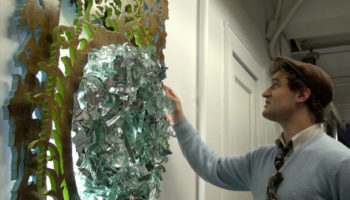
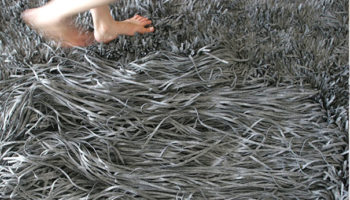
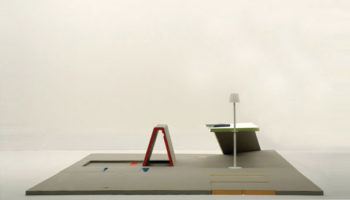
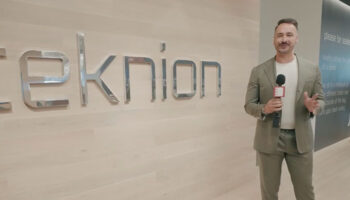
Leave a Reply